Search The Collection
Filter By
Object Type / Material
Geographic Location
Date / Era
Department
Show Only:
- As part of the Met's Open Access policy, you can freely copy, modify and distribute this image, even for commercial purposes.APIPublic domain data for this object can also be accessed using the Met's Open Access API
- Objects with changed or unknown ownership in continental Europe between 1933-1945. Learn more
Showing 2,704 results for Freda C. Bone
Sort By:
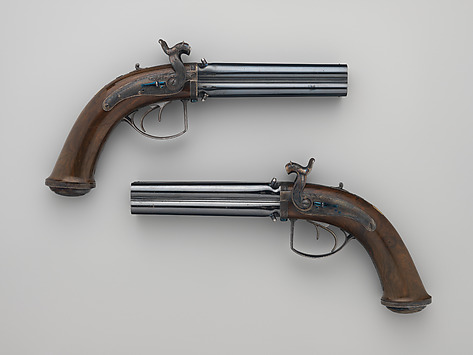
James Purdey the Elder
1831

Durs Egg
ca. 1805–10; converted after 1818

Jacob Kuntz
ca. 1810–20
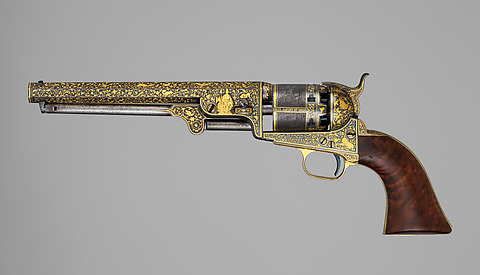
Samuel Colt
ca. 1853

Charles Moore
ca. 1825
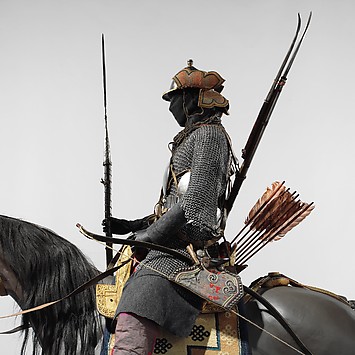
Tibetan, and possibly Bhutanese and Nepalese
18th–19th century

Tibetan, and possibly Bhutanese and Nepalese
18th–19th century
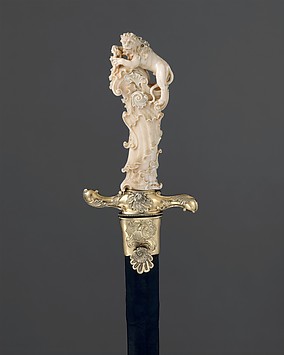
Joseph Deutschmann
ca. 1740
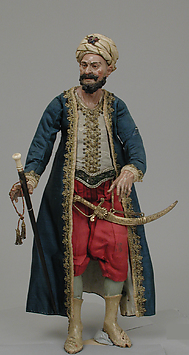
Giuseppe Gori
second half 18th century
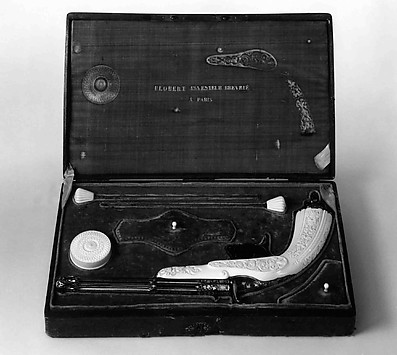
Louis Nicolas Auguste Flobert
ca. 1855

Smith & Wesson
ca. 1893
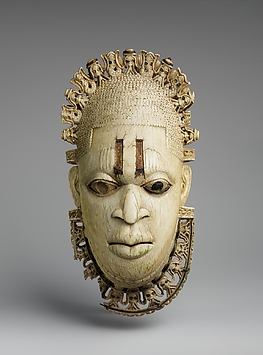
Edo artist
16th century
Freda C. Bone
1931
Freda C. Bone
1931
Freda C. Bone
1931
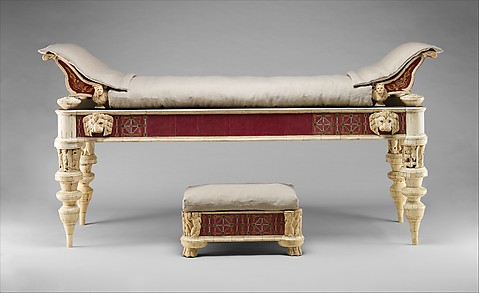
Roman
1st–2nd century CE
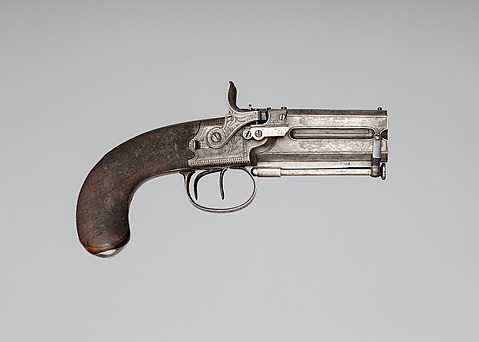
Alexander John Forsyth
ca. 1824
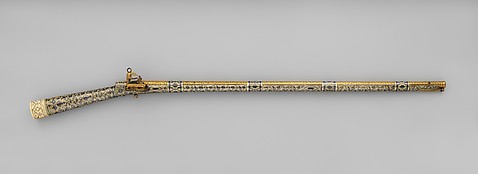
Caucasian, Kubachi, Dagestan
ca. 1800–1850
Freda C. Bone
1931
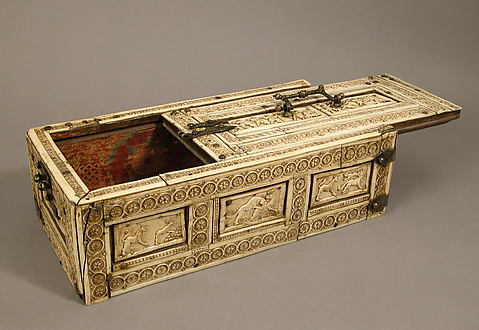
Italian or Byzantine
12th century
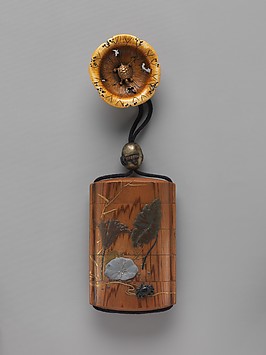
Japan
late 19th century
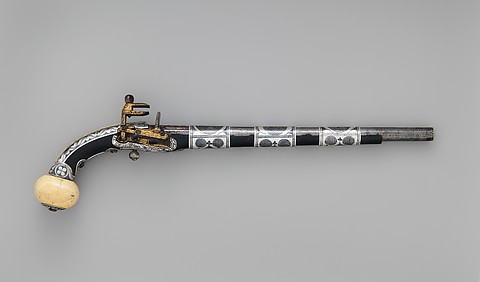
Caucasian, possibly Georgia or Circassia
dated A.H. 1263/1846–47 CE
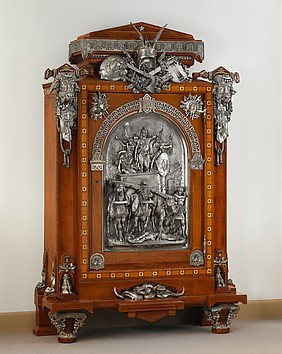
Jean Brandely
1867
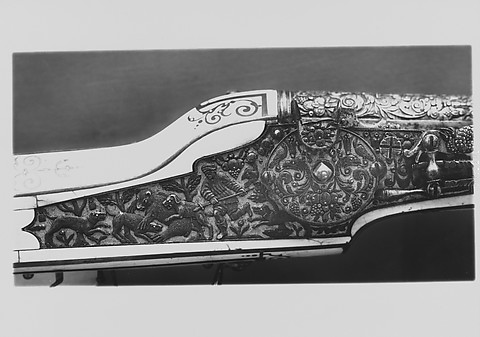
Daniel Sadeler
ca. 1610–30
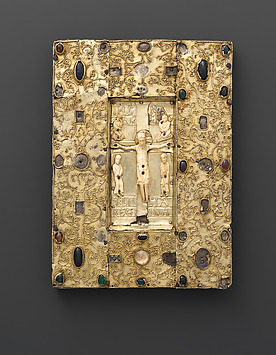
Spanish
late 11th century
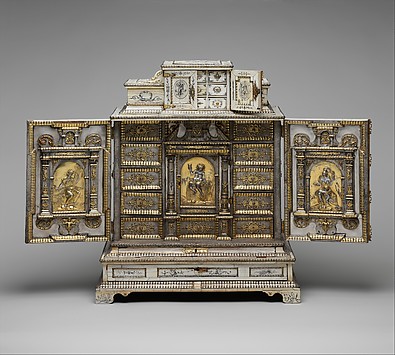
Melchior Baumgartner
ca. 1655–59, engraved decorations ca. 1825–50

Johann Michael Maucher
ca. 1685
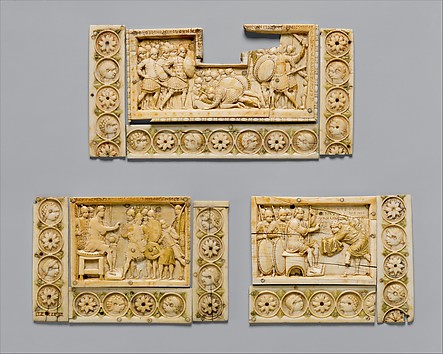
Byzantine
900–1000
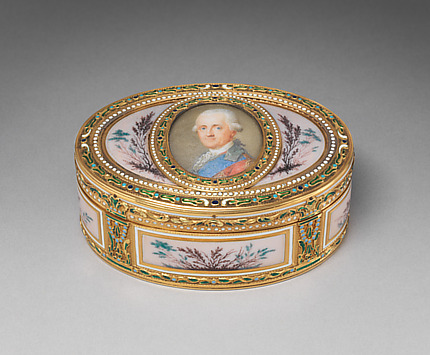
Jean-Joseph Barrière
1778–79

Persian, Qajar
ca. 1800
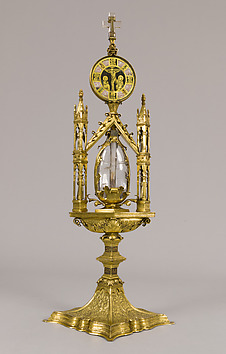
North Italian
14th and 15th century
s1s2.jpg)
Dutch, Maastricht
ca. 1655–65
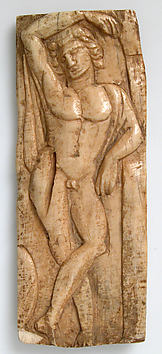
Byzantine
4th–6th century
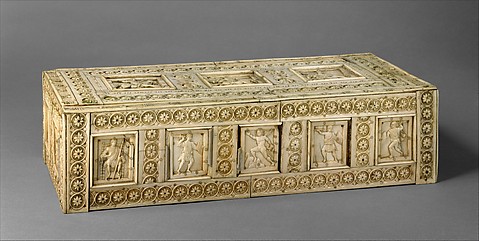
Byzantine
10th–11th century

Caucasian, probably Tbilisi, Georgia
dated A.H. 1273 /1856–57 CE and 1861

Caspar Spät
dated 1668

Frankish
500–550

Frankish
500–550
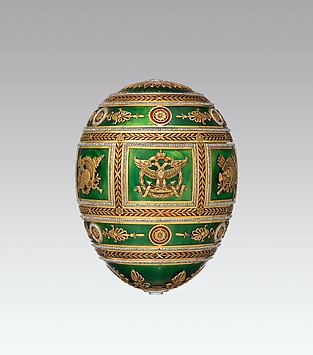
House of Carl Fabergé
1912

German
blade dated 1656